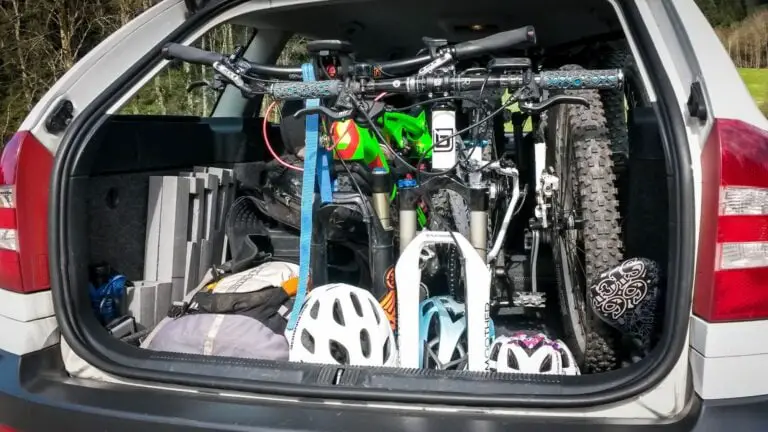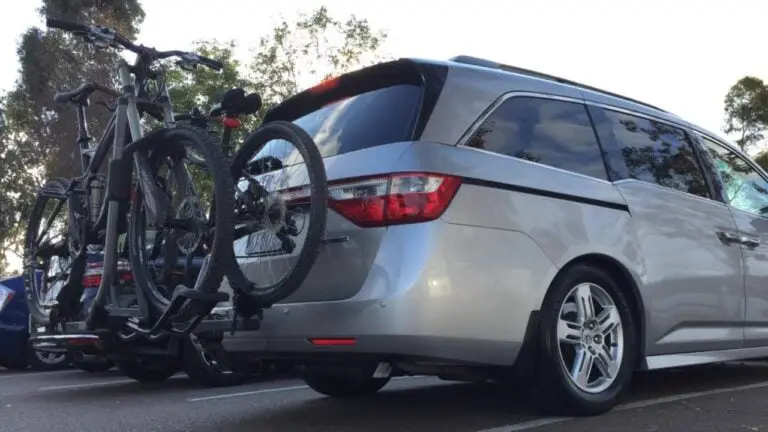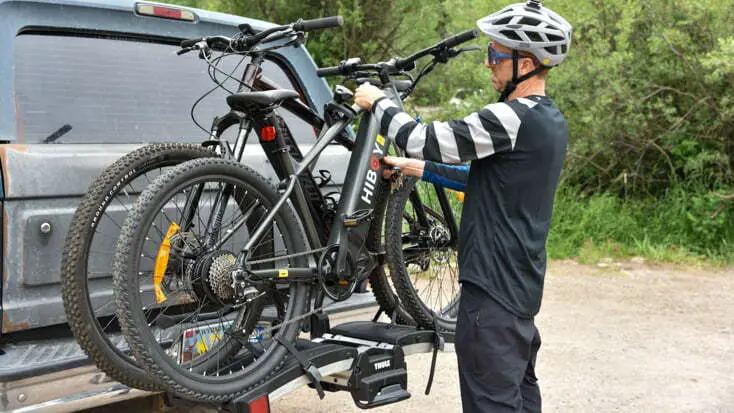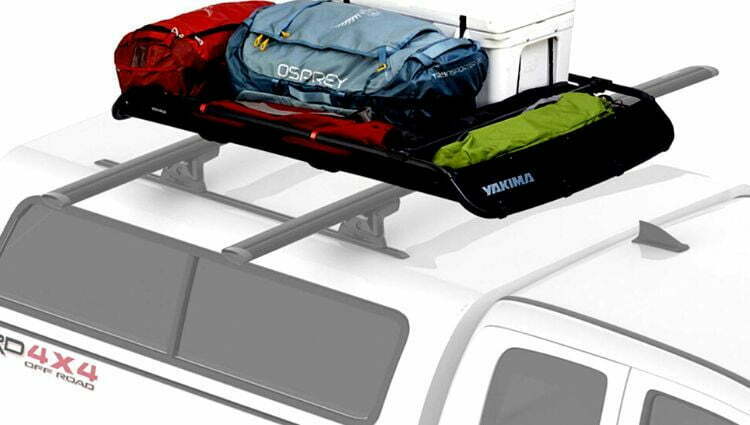Will a bike fit in my car? Are you an avid cyclist wondering if your bike will fit in your car? Whether you’re planning a road trip or simply need to transport your bike, it’s essential to determine if it will fit comfortably in your vehicle. In this article, we’ll explore the factors that influence whether a bike can fit in a car and provide helpful tips to ensure a successful fit. So let’s dive in and find out if your bike will fit snugly in your car!
Table of Contents
ToggleWill a bike fit in my car without being broken up?
Typically, it is feasible to transport a bicycle without disassembling it, provided that you possess a sedan or a vehicle of larger size. In the case of hatchbacks or city cars, the limited space may necessitate the disassembly of one or both wheels to create sufficient clearance.
In order to determine this information, I conducted research by utilizing an internet search engine to obtain the average dimensions of various car models. From there, I calculated the estimated storage capacity that each car type would typically provide if the rear seats were to be folded down. For sedans and larger vehicles, it is possible to transport a bicycle in an upright position within the rear seat area. However, due to potential space constraints, it may be advisable to inform individuals transporting a bicycle of the option to fold down the rear seats for additional space.
I conducted a verification process by measuring the interior dimensions of several vehicles within my local vicinity. As a result, I have compiled the subsequent table:
| Vehicle Type | Interior Storage Length (Inches) | Width (Inches) | Can It Fit A Bike Without Disassembling? |
| Hatchback | 72 | 63 | No |
| Minivan/Station Wagon | 136 | 67 | Yes |
| Sedan | 139 | 65 | Yes |
| Mid Size SUV | 142 | 67 | Yes |
| Large SUV | 150 | 72 | Yes |
Upon reviewing this table, it becomes apparent that although all of the vehicles provide sufficient space for transporting a bicycle, smaller cars may present some difficulties in this regard.
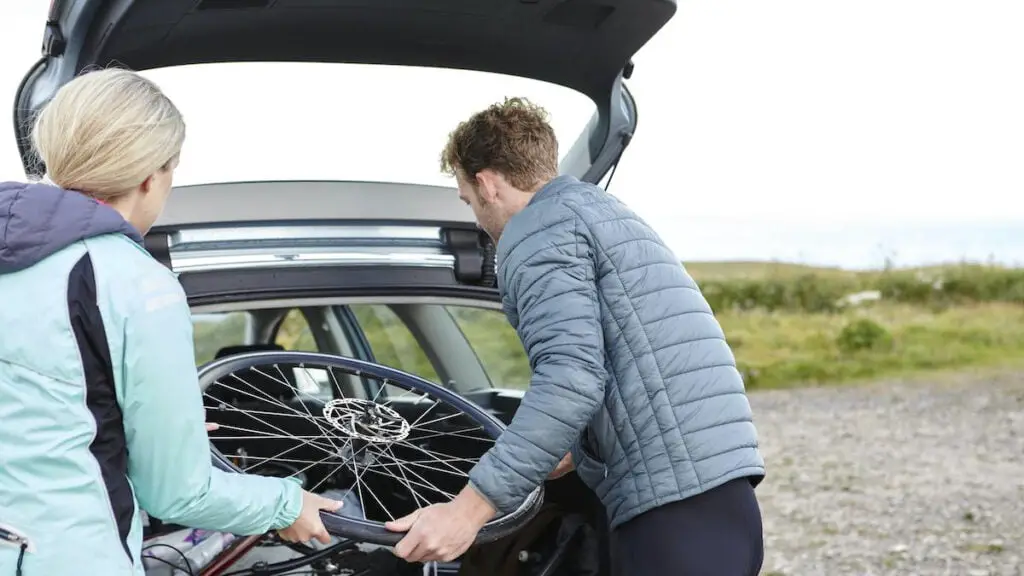
8 Tips on How to Transport a Bike
Given the widespread familiarity with bicycles, we can proceed directly to the systematic instructions for properly fitting a bicycle within a vehicle. The following steps are intended for bicycles that require disassembly. Please do not be concerned. If you have concerns regarding the successful disassembly and reassembly of a bicycle, we are here to assist you.
The article regarding the top gravel bikes under $500 features bicycles that are constructed with straightforward designs and manufacturing processes, allowing even novice individuals to disassemble and reassemble the bike with ease.
If you possess these types of bicycles, then the remaining procedures would be straightforward. If that is not feasible, we recommend acquiring a bicycle with a straightforward mechanism and reserving it solely for your travel purposes. Without any delay, presented below are eight steps to follow in order to learn how to properly transport a bicycle inside a vehicle.
1. Make sure that your bike is clean
The initial step is to thoroughly clean your bicycle. It is challenging to ride a bicycle without encountering mud, dirt, or grass stains. Road bikes are susceptible to accumulating debris such as litter, oil, and gravel stains. The presence of stains on your car seats can detract from the enjoyment of cycling to your destination. Prior to commencing any repairs, it is advisable to thoroughly clean your bicycle.
2. Take off the front wheel
Subsequently, following the cleaning of the bicycle, it is imperative to understand the precise method of placing the bicycle inside your vehicle, which involves the removal of the front wheel. The front wheel of a bicycle is more mobile than the rear wheel, which can result in damage to the bicycle seat or a reduction in available seating areas.
3. Hook the chain onto the small ring
The subsequent step is to detach the chain. In contrast to the preceding step, this task is more direct. The primary rationale for shifting the chain onto the smaller ring is to avoid the possibility of staining your vehicle with grease that may prove challenging to remove. While there exist methods to clean your vehicle and eliminate grease, it is advisable to prevent it altogether.
4. Fold down the back seats
If feasible, fold down the rear seat of your vehicle to create additional space for accommodating your bicycle. This option is crucial if you are utilizing a mountain bike. Nonetheless, certain bicycles featured in our top mountain bikes review are highly portable and effortlessly accommodated in any vehicle, even if the rear seat cannot be lowered. However, if it is feasible, kindly proceed with the task.
5. Turn the handles
Based on the current step outlined in our guide on how to transport a bicycle in a car, the subsequent action can be inferred. When the handlebars are turned, they align in a straight and horizontal manner. In this manner, even when placed at the rear of the vehicle, between the seats, the handlebars will not cause any inconvenience or damage.
6. Lay the bike on its non-drive side facing the seat
Now that the back seat has been lowered and the necessary space has been created to store your bike, it can be considered a secure area from this point forward. Please ensure that the bicycle is positioned on the floor of your vehicle and not on the seat. Please make sure that the back of the bicycle is oriented towards the seat.
7. Cover fork dropouts with another cloth
This is a common area of difficulty for motorcyclists seeking guidance on properly fitting a bike into a car trunk or other vehicle. It appears that the individual’s assumption of being ready to proceed after pushing the bicycle is incorrect. During transportation, it is possible for the fork dropout, where the front wheel has been removed, to cause damage to the car seat’s fabric or scratch the interior of the vehicle. It is recommended to cautiously and securely place a soft cloth beneath the fork dropout to serve as a protective barrier.
8. Size Does Matter
In case you are curious, “Would a bicycle be able to fit inside my vehicle?” The answer is contingent upon the dimensions of your vehicle and your bicycle. It can be challenging to transport a bike designed for heavier individuals within the confines of a compact vehicle. To secure your bike, an external rack such as the WEIZE Hitch Bike Rack would be necessary.
How to remove a mountain bike's front wheel
As I have previously referenced the utilization of this technique on multiple occasions, I deemed it appropriate to furnish a brief elucidation on the process of detaching and reattaching the front wheel.
Fortunately, the majority of contemporary bicycles are equipped with quick release mechanisms, facilitating effortless wheel removal and installation without necessitating the use of tools.
If your vehicle is not equipped with disk brakes, the initial step would be to release the brakes by detaching the brake line located above the wheel. There is no initial opening process required for disk brakes.
Subsequently, proceed to release the quick release lever and loosen the nut to a degree that permits the detachment of the wheel from the fork.
To fully detach the bike, lift it away from the wheel or alternatively, lift the wheel away from the bike.
During the re-installation process of the wheel, ensure that it is placed back into the dropouts in a square manner. Align the rotor with the space between the brake pads if your vehicle is equipped with disk brakes.
Apply sufficient force to secure the nut until you sense a noticeable level of resistance while the lever is partially closed.
To completely close the lever, use your hand. The closure mechanism should be designed to necessitate a significant amount of force, resulting in a transient impression on the user’s hand.
If your brake line was cut off in step 1, reconnect it.
Check to see if your wheel is spinning straight and smoothly by giving it a spin.
Some Accessories For Transporting A Bike Inside A Car
If you anticipate the need to frequently transport your bicycle in your vehicle, I recommend investing a modest sum of money to spare yourself the inconvenience of repeatedly cleaning your car over time. This applies particularly to individuals who own mountain bikes and require transportation to the trails via their vehicles.
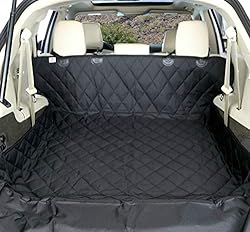
Utilizing a durable rip-stop fabric to lay down in your vehicle prior to placing the bicycle inside will effectively safeguard your car from accumulating excessive dirt and grime. Ideally, it is recommended to search for a cover that is sufficiently large to encompass the entire boot and rear seat area, once the seats are folded down.
This is a conventional boot liner that is commonly used for transporting dogs in vehicles. However, it is also highly effective for transporting bicycles. The transportation system includes cushioning to safeguard the bicycle frame and wheels during transit.
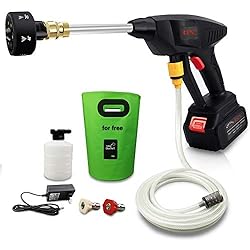
This product is primarily designed for frequent mountain bikers who require loading their muddy bikes inside their vehicles. One potential solution is to transport a portable pressure washer in your vehicle to facilitate the cleaning of your bike prior to loading it. Rest assured, it will simplify your life.
It will provide satisfactory durability even during an extended cycling excursion. Please ensure that you have access to a water source at the location where you intend to utilize it. Alternatively, you may transport two liters of water to facilitate the cleaning of the bicycle.
Factors to Consider Before Transporting A Bike Inside A Car
When determining if your bike will fit in your car, there are several factors to consider. Let’s examine each one:
Car Size and Design
The size and design of your car play a significant role in bike compatibility. Hatchbacks, station wagons, SUVs, and vans typically offer more space and versatility for bike transportation compared to compact sedans or coupes. Consider the dimensions of your car’s trunk or cargo area, as well as the available seating configuration.
Bike Size and Type
The size and type of your bike are crucial factors. Different bike types, such as road bikes, mountain bikes, or folding bikes, have varying dimensions and shapes. Measure the length, height, and width of your bike, including any protruding parts like handlebars or pedals. Folding bikes can be more compact and easier to fit in smaller cars.
Removing Bike Wheels and Seats
Removing the wheels and seats of your bike can significantly reduce its size, making it easier to fit in a car. Quick-release mechanisms on bike wheels allow for easy removal, while seats can often be detached or folded down. Disassembling these components can create more space and increase the chances of a successful fit.
Bike Racks and Carriers
If your car has a roof rack, trunk-mounted rack, or hitch-mounted rack, it can greatly expand your bike-carrying capabilities. These racks provide secure attachment points and allow bikes to be transported externally, freeing up interior space. Ensure that the bike rack you choose is compatible with your car and properly installed for safety.
Interior Space Optimization
To optimize interior space, consider folding down the rear seats or using seat covers to protect the upholstery from bike contact. Utilize any available cargo nets, hooks, or storage compartments to secure smaller bike parts or accessories. Strategically positioning the bike in the car, such as removing the front wheel and placing the bike diagonally, can help maximize space utilization.
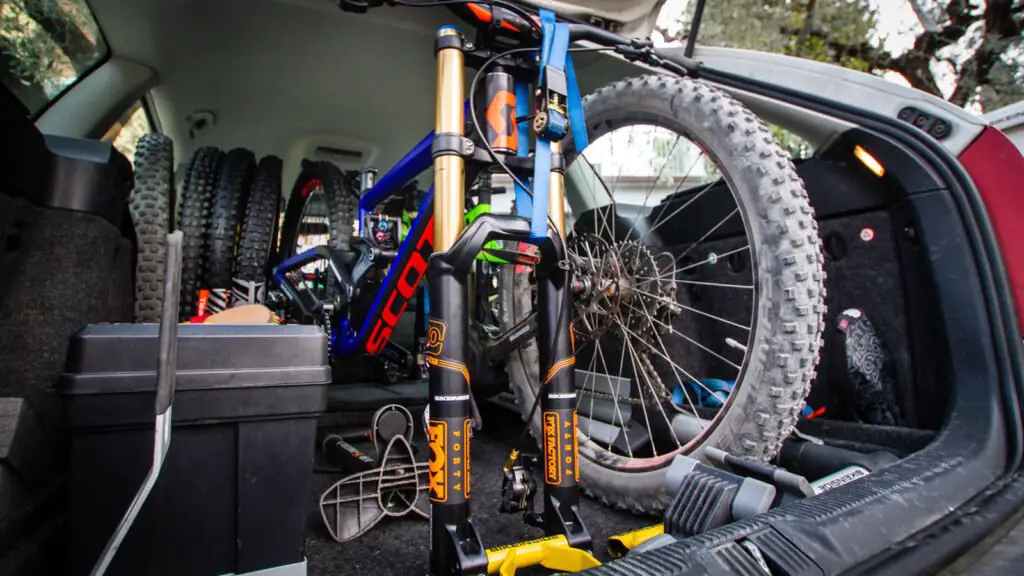
Downside of Transporting A Bike Inside A Car
While transporting a bike inside a car can be a convenient option for some, there are also several downsides to consider:
1. Limited Space: Depending on the size of your car and the size of your bike, transporting a bike inside a car may take up a significant amount of space and limit the number of passengers or other items you can bring with you.
2. Potential Damage: Transporting a bike inside a car can also pose a risk of damage to both the bike and the car’s interior. The bike may scratch or dent the car’s interior, while the car’s interior could also damage the bike’s frame or components.
3. Safety Concerns: Transporting a bike inside a car also raises safety concerns. In the event of an accident or sudden stop, the bike could become a dangerous projectile and cause injury to passengers or damage to the car.
4. Heavy Lifting: Transporting a bike inside a car typically involves lifting the bike into and out of the car, which can be a challenge for some people, especially those with back or mobility issues.
5. Odor and Stains: Bikes can also be dirty and smelly, and transporting them inside a car can leave unpleasant odors and stains that may be difficult to remove.
Overall, while transporting a bike inside a car can be a viable option in some situations, it’s important to weigh the downsides against the potential benefits and consider alternative transportation options if necessary.
FAQs about Bike and Car Compatibility
Let’s address some frequently asked questions related to bike and car compatibility:
Q. Can I fit a bike in a sedan?
While it can be more challenging to fit a bike in a sedan due to limited space, it’s still possible with proper planning. Removing the front wheel, folding down the rear seats, or utilizing a trunk-mounted bike rack can help accommodate a bike in a sedan.
Q. Will a bike fit in an SUV or van?
Yes, SUVs and vans generally offer more space, making it easier to fit a bike. With the rear seats folded down or removed, an SUV or van can comfortably accommodate multiple bikes. Utilizing a roof rack or hitch-mounted rack can also be a convenient option.
Q. Do I need a bike rack to transport a bike?
While a bike rack provides secure external transportation, it’s not always necessary. Depending on the size of your car and bike, you can transport a bike by folding down seats or disassembling certain components. However, a bike rack offers convenience, protection, and easier access to your bike.
Q. Can I transport a bike inside a hatchback?
Yes, hatchbacks often provide ample space for bike transportation. Folding down the rear seats and removing the
front wheel can allow a bike to fit comfortably inside a hatchback. Additionally, hatchbacks with a larger cargo area can accommodate multiple bikes.
Q. How can I protect my car interior when transporting a bike?
To protect your car’s interior, you can use seat covers, blankets, or bike covers to prevent any scratches or damage. Securing the bike with straps or bungee cords can also help prevent movement during transportation.
Q. Are there alternative transportation options for bikes?
If your car is unable to accommodate your bike, consider alternative transportation options. Local bike shops or bike-sharing programs may offer rental or transport services. Additionally, some public transportation systems allow bikes on trains or buses, providing an alternative means of transport.
Final Thoughts
It can be challenging to forego the use of one’s bicycle when embarking on a road excursion. If the bicycle serves as the primary purpose for the journey, it can be exceedingly challenging to abandon it. Transporting your bike requires careful handling to avoid any potential damage to your car or bike. It is imperative to acquire the skill of properly fitting a bicycle inside a vehicle.
The aforementioned guide comprises a comprehensive enumeration of the procedures to be observed when storing your bicycle. Additionally, it features a chart outlining the types of vehicles capable of accommodating a bicycle in its entirety. It is imperative to ensure that the bicycle intended for transportation is of high quality and free from any oil leaks, as the latter may pose a significant challenge. The text above contains hyperlinks that direct to our top bike collections for various purposes. Please ensure that you inspect them thoroughly and enjoy your ride.
Related post
